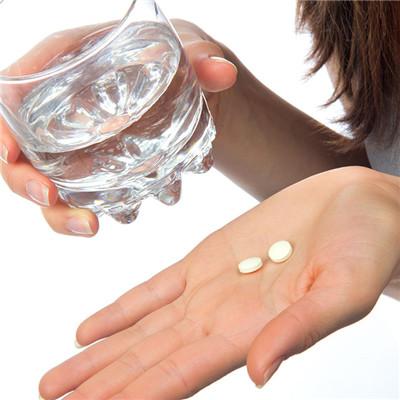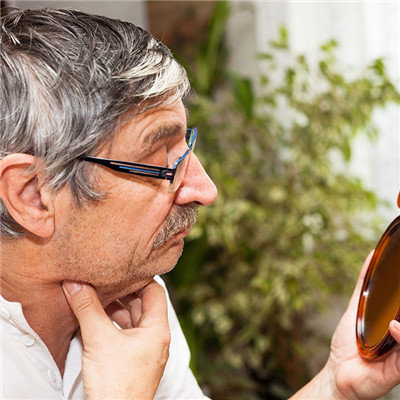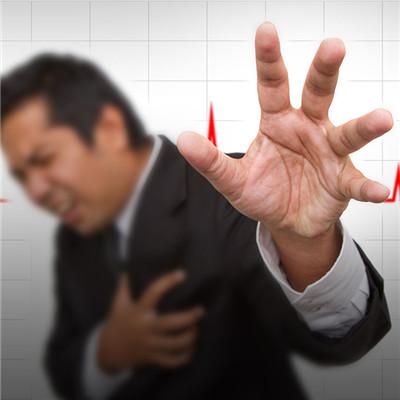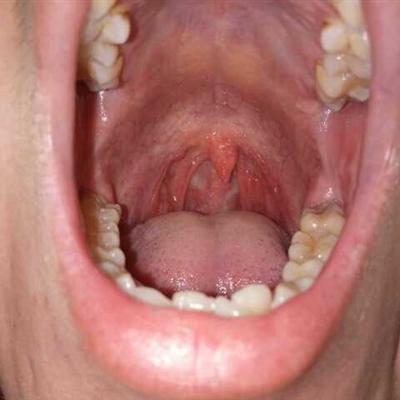How does angina pectoris get
summary
Angina pectoris is characterized by squeezing pain, which mainly occurs in the back of sternum and can radiate to the upper limb for several minutes at a time. Let's take a look at how to get angina pectoris.
How does angina pectoris get
First of all: the direct cause of angina pectoris is the absolute or relative lack of myocardial blood supply. Therefore, various factors that reduce myocardial blood (blood oxygen) supply (such as intravascular thrombosis, vasospasm) and increase oxygen consumption (such as exercise, increased heart rate) can induce angina pectoris.
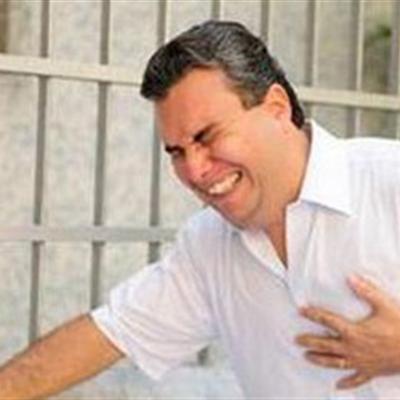
Secondly, myocardial insufficiency is mainly due to coronary heart disease. Sometimes, other types of heart disease or uncontrolled high blood pressure can also cause angina. In the course of treatment, we need to find out the cause of the disease and treat it symptomatically.
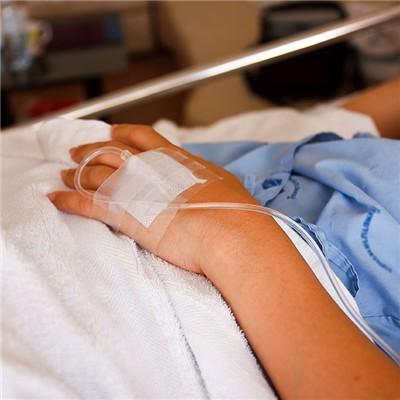
Finally: it is often induced by physical labor, emotional excitement, satiety, fright and cold. Typical angina pectoris often occurs under similar working conditions. Severe cases can also occur during meals, clothing, defecation or rest. Pain occurs at the time of labor or excitement, rather than after a day or a burst of fatigue. Angina pectoris in a quiet state is the result of coronary artery spasm.

matters needing attention
Eat less salt, the main component of salt is sodium chloride, long-term consumption of sodium chloride, will make blood pressure rise, vascular endothelial damage. Angina pectoris patients should control the intake of salt every time, and it's better to be less than 6 grams.
